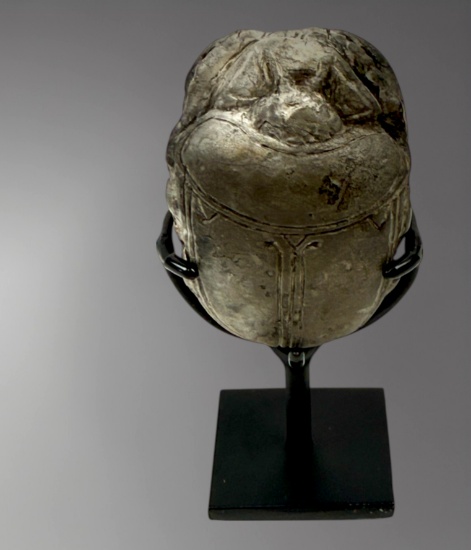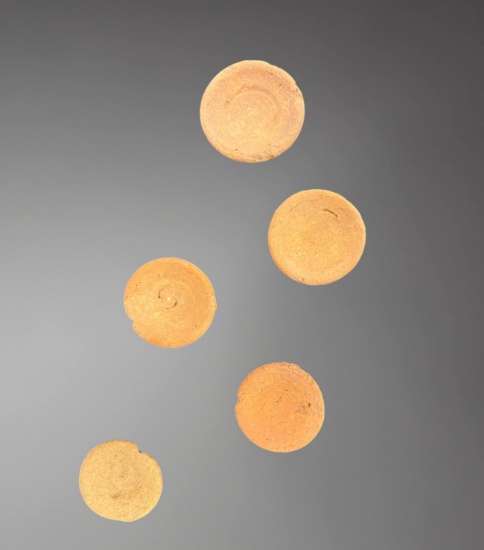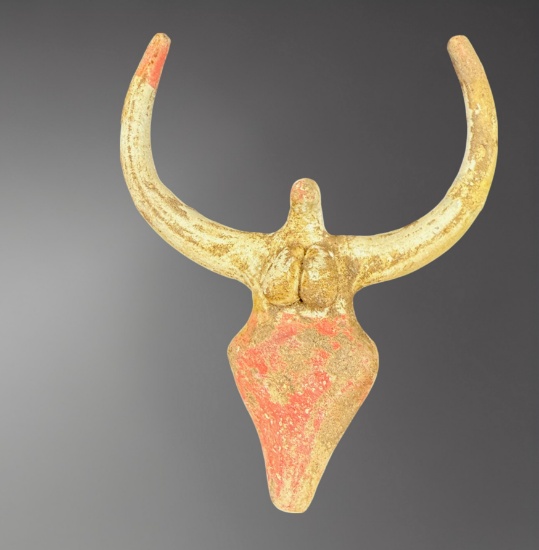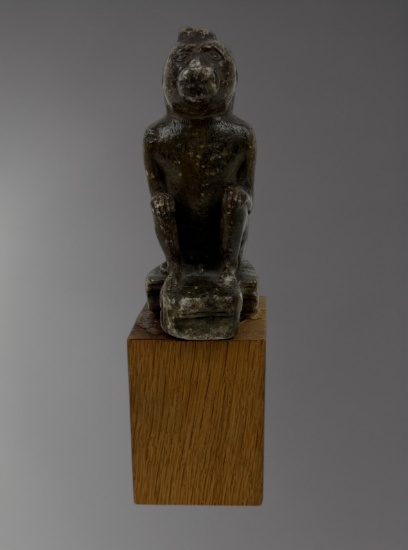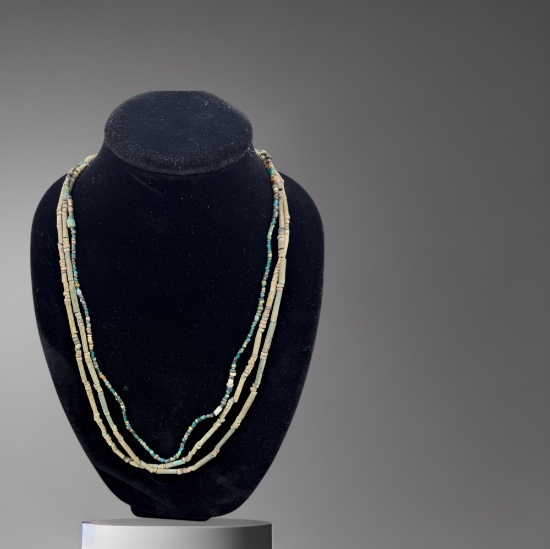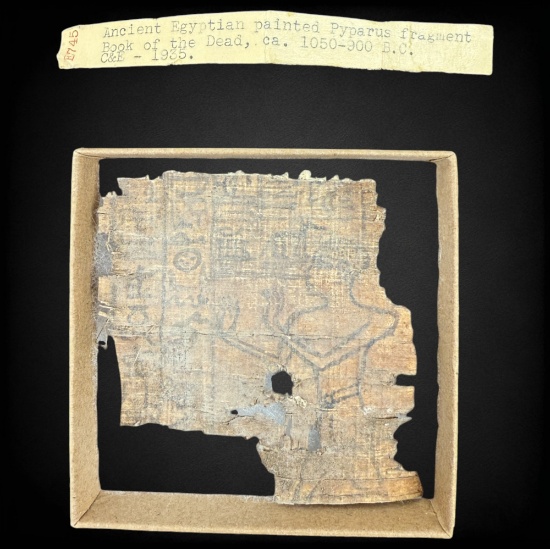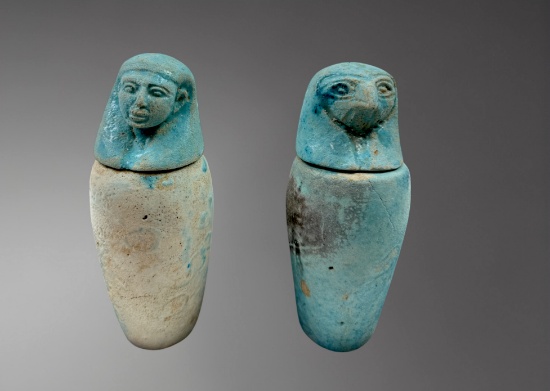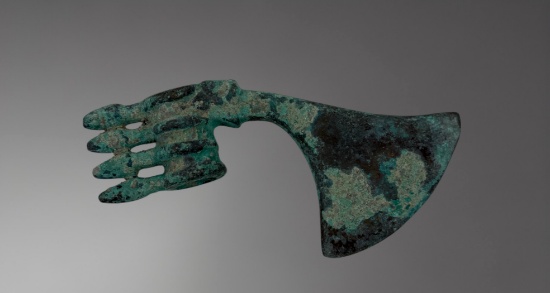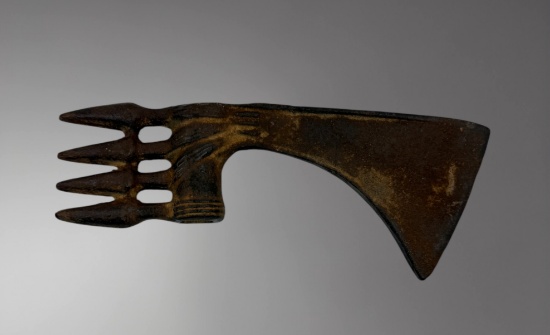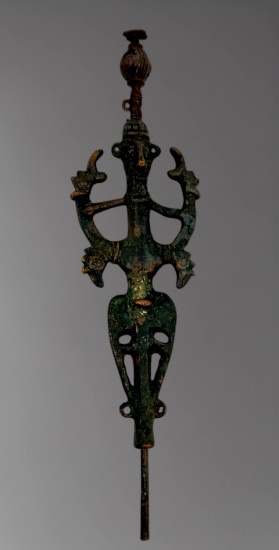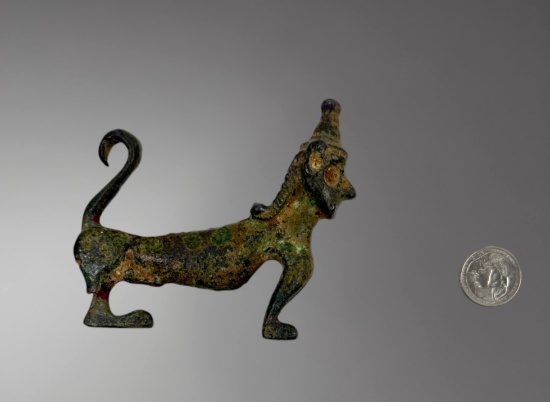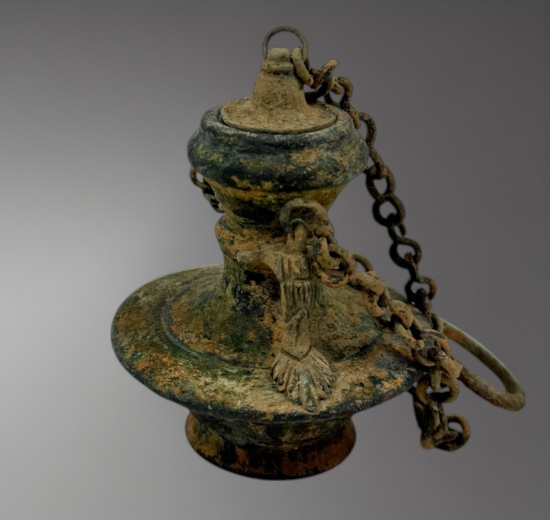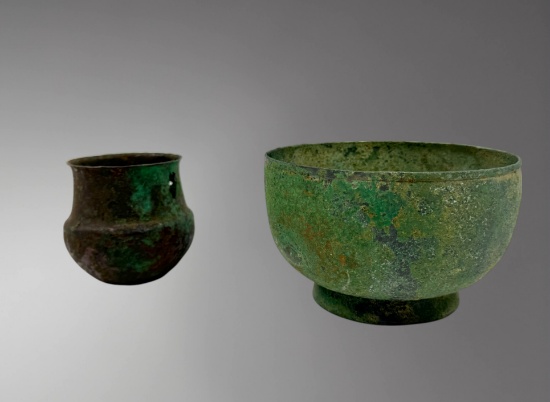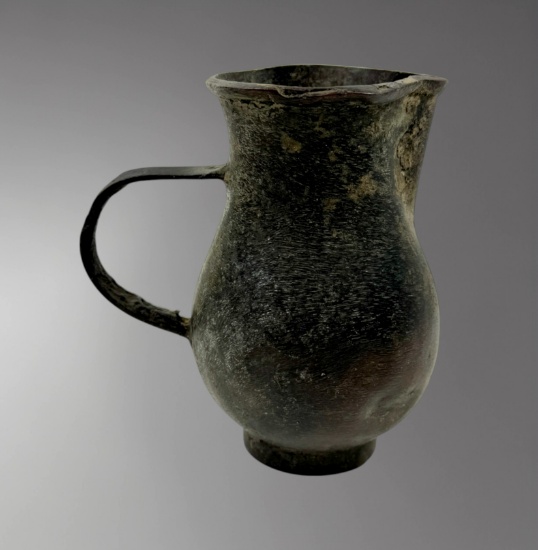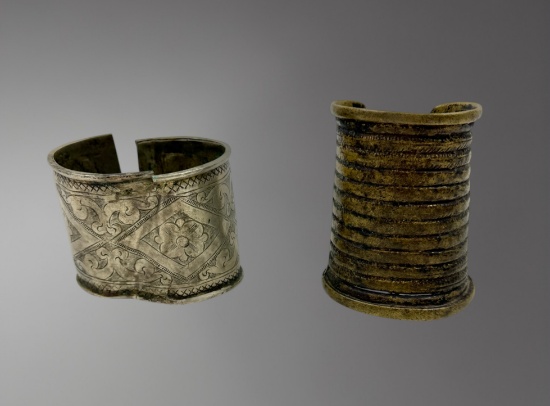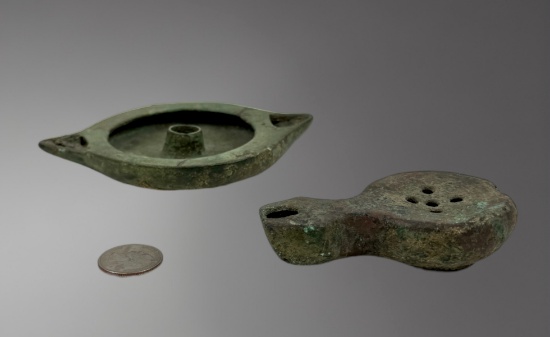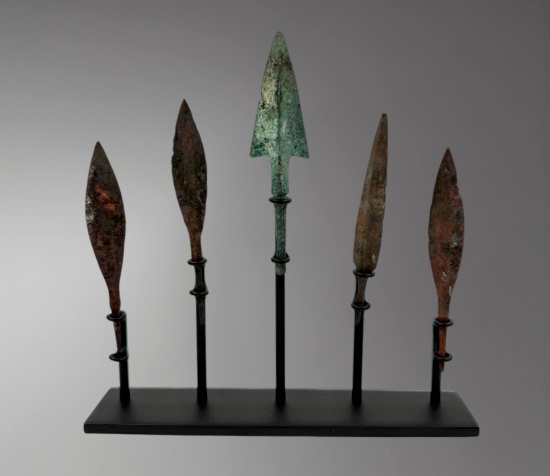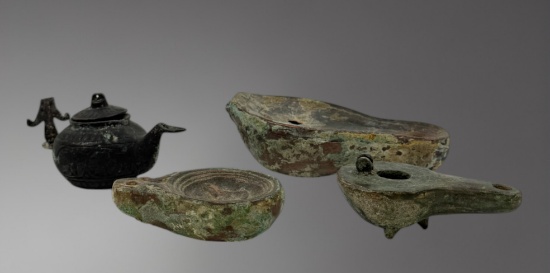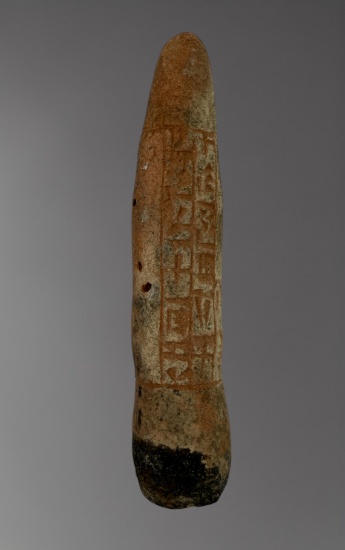Special Terms
CONDITIONS OF SALES
These Conditions of Sale are applicable for every purchase at Los Angeles Estate Auction. Please read carefully.
By registering to bid at auction, in person, or through an agent, by absentee bid, or telephone or any other means including the Internet and e-mail, you agree to be bound by these Conditions of Sale (and changes made as noted below.) All property and every lot for sale in our catalogue is offered subject to the following terms and conditions, along with any changes that may be published or announced prior to or during a sale by Angeles Estate Auction. The terms 'us,' 'we,' or 'our' as used herein all refer to Angeles Estate Auction. Unless otherwise indicated in the catalogue or at time of sale, Angeles Estate Auction acts at all times solely as the agent for the seller. All sales shall be deemed to occur in California regardless whether by telephone, mail or through the Internet or the physical location of the buyer.
Definitions
1 Hammer price: The highest bid received for a lot upon the fall of the auctioneer's hammer.
2 Buyer's premium: The amount paid by the buyer as a percentage of the hammer price and in addition thereto.
3 Purchase price: The aggregate of the hammer, buyer's premium and applicable taxes or other fees, if any, as may be required by law.
4 Reserve: The minimum price at which the lot may be sold.
5 Buyer: The person or entity who buys property at auction or private sale.
6 Consignor: The seller, or the seller's representative, on behalf of whom we are selling the Property.
7 Lot: The single item or group of items offered by us for sale.
8 Property: The item or items comprising an auction lot being offered for sale.
TERMS AND CONDITIONS OF SALE
The terms and Conditions of Auction purchases ('Sale') are outlined here and are to be adhered to for any and all Sales made through Angeles Estate Auction ('Auctioneer'). This includes sales completed in person, online, or absentee/phone bid. All sales will be completed at the discretion of the Auctioneer and the Auctioneer reserves the right to cancel any sales and deny future transactions with any customer ('Buyer') if these terms are not met.
BEFORE THE SALE
All Buyers are strongly advised to inspect all items before auction as all items are sold AS-IS. Although Auctioneer makes every effort to express accurate descriptions and commentary given to Buyers online, in Auctioneer's catalogue, marketing material or verbal interactions, Auctioneer makes no guarantee or warranty of any kind with respect to the physical condition, size, quality, rarity, medium and materials, age, authenticity, provenance, culture, source, or historic significance of any goods. Employees, consigners, or any other representative of Angeles Estate Auction are not authorized to provide written or verbal guarantees. Buyers must depend on their own review of the merchandise. Buyers are cautioned to purchase sight-unseen at their own discretion. All merchandise is sold as is, regardless of condition, or additional review of merchandise gained after the sale. ALL SALES ARE FINAL.
Online Bids are accepted at the Auctioneer's discretion through LiveAuctioneers.com If registering to bid online via LiveAuctioneers.com all Buyers are subject to approval by Auctioneers before registration is finalized. Only those who submit for registration (48) hours prior to auction date will be guaranteed consideration for registration. All those submitting less than 48 hours before the start of an auction are only approved based on the discretion of the Auctioneer. Bidder Approval Forms required to be completed for online bidding consideration can be found on Auctioneer's website: Auctioneer and its employees shall not be held liable for any damages or accidents to person or property sustained as a result from handling, lifting, moving, loading, or packaging of merchandise before or after the sale.
DURING THE SALE
The auctioneer is acting as agent only to the sale and is not responsible for any actions of their consignors. This auction is being conducted in pursuant to section 2328 of the commercial code, 535 of the penalty code and all provisions of the auction license act. In accordance to the California state law, all items are subject to a confidential reserve unless otherwise stated. Auctioneer reserves the right to withdraw any lots from the sale and to deny Buyer's participation during a sale for any reason. Auctioneer reserves the right to reject any bid or eject any person from the Auctioneer's premises. Auctioneer's decision during or after a sale if a dispute arises will be final and undisputed. All information regarding merchandise is subject to clarification, changes or disclaimer at the time of the sale and will be sold based on Auctioneer's verbal or written information at time of sale.If bidding online, Buyer is advised that all submitted bids are final and binding regardless of Buyer's input errors. Auctioneer does not accept liability for technology, website or internet failure, or unforeseen circumstances that may influence the execution of online bids.
PAYMENT
All sales are final regardless of method of bidding or payment options. Full payment includes hammer price, buyer's premium and all applicable taxes. Auctioneer accept PayPal but buyer need to pay PayPal fee. For total purchases of $500.00 and under, the auction house will accept credit card payments provided over the phone, email, or fax. Auctioneer may, at their discretion, hold merchandise until check or wired funds clear bank account. If payment is not received within 5 business days, Auctioneer reserves the right to cancel sale and resell merchandise at a public or private sale. Failure to provide payment will result in revoking the Buyer's right to participate in future sales with Auctioneer.
Payment options and terms for each type of auction participation is outline below.
On-Site Bids: All sales are subject to a 25% buyer's premium. Full payment must be made in full the day of the sale. Payment terms are cash, approved check, or Visa/MasterCard. In some cases Auctioneer may require a money order, cashier's check or bank wire.
Absentee and Phone: All sales are subject to a 10% buyer's premium. Full payment must be made within (5) business days of sale. Payment terms are CREDID CARD or bank wire transfer. Auctioneer may require a bank wire in some cases.
Online Bids: All purchases are subject to an 25% Buyers Premium. There will also be an additional credit card processing fee of 3% for anyone using a credit card. Full payment must be made within (5) business days of sale. Payment terms are check, money order, cashier's check or bank wire transfer. All successful online Buyers will receive an emailed invoice within (24) hours of the end of a sale. If Buyer fails to provide cleared funds within five business days of the sale, they will receive a negative feedback report associated with their LiveAuctioneers.com profile and will receive a no-issuance of registration from future sales.
International Payment: Any Buyer submitting payment outside the U.S. (regardless of method of bidding) must be done by bank wire transfer. A bank transfer is only completed after Auctioneer has received the FULL amount due according to the Buyer's invoice. All fees, exchange rates or other administrative fees should be taken into account while initiating the wire transfer. All sales and money transfers are conducted in USD currency. No foreign checks are accepted. Auctioneer can accept PayPal or credit card payments provided over the phone, email, or fax. Auctioneer may, at their discretion, hold merchandise until funds clear.
Taxes: State and local taxes (10.25%) are applied to all merchandise collected by Buyer or Buyer's representative regardless of Buyer's location unless Buyer presents to Auctioneer a current resale number or is picked up by a common carrier for delivery out of California.
STORAGE
Immediate removal of purchased merchandise is requested when payment is received, and shall be done at the expense, liability and risk of the Buyer. All arrangements for removal will be at the convenience of Auctioneer. Failure to remove merchandise immediately after completion of payment within the five business days following sale completion will be subject to storage fees of $5.00 per day per item, and will result in forfeit of Auctioneer's liability of the condition of the merchandise. After (10) days items shall be considered abandoned. Auctioneer shall apply any deposit to loss, damages, and expense incurred in the resale of merchandise not paid for in full or removed in the time specified and shall retain any balance as liquidated damages.
SHIPPING
Local pick up is available at no cost.
LOS ANGELES ESTATE AUCTION USES A THIRD PARTY LOCAL SHIPPING COMPANY. ONCE YOU HAVE WON AND PAID FOR YOUR ITEMS THE SHIPPING COMPANY WILL BE IN CONTACT WITH THE BUYER WITH INFORMATION REGARDING YOUR SHIPMENT. THERE IS NOTHING THAT THE BUYER NEEDS TO DO EXCEPT WAIT TO BE CONTACTED BY THE SHIPPING COMPANY.
All items must be paid for before they are picked up or shipped. Los Angeles Estate Auction does not accept responsibility of any agreements reached between Buyer and shippers, or any resulting loss, damage or delay resulting in the use of the shipper. If Buyer is required to arrange for their own shipment of merchandise, any and all liability of the Auctioneer is relinquished regardless of time item was paid for in full or how and/or when it was shipped or if merchandise has yet been received by Buyer. Once you have made shipping arrangements, you must submit a release form authorizing us to release your purchases to the shipper of by Auctioneer has been consigned by independent owners ('Consignor').
will be the only guarantee methods of cancellation acceptance.
SALE of SPECIFIC and/or RESTRICTED GOODS
No Guarantee of Authenticity:
Los Angeles Estate Auction CANNOT GUARANTEE the authenticity of the COLOR, AGE, or QUALITY of any items sold. Items can be bleached and dyed among other techniques. All items will be sold AS-IS, without any warranties. All sales are final purchases, NO RETURNS will be accepted. Judgment of such qualities is the sole discretion of the Buyer.
No Guarantee of Authenticity:
Los Angeles Estate Auction CANNOT GUARANTEE any aspect of the items sold including authenticity, origin, age, quality, medium or provenance. All sales are final NO RETURNS will be accepted. Judgment of such qualities is the sole discretion of the Buyer.
Endangered Species and CITES Permits:
Angeles Estate Auction, Inc. adheres to the California and Federal laws pertaining to the sale of items containing endangered or protected species, and WILL NOT ACCEPT LIABILITY of items that may include any material such as ivory, rhinoceros horn, tortoise shell, coral, endangered woods, and whalebone. In the event an item is found to contain any amount of these products, it is the SOLE RESPONSIBILITY OF THE BUYER to perform their due diligence and acknowledge any laws and regulations that apply to purchasing, importation and exportation laws.
Certain property sold at auction such as Huanghuali, Huali, ivory, rhinoceros horn, tortoise shell, coral or whalebone, irrespective of age or value, may require a certificate or license before exportation and additional certificates or licenses upon importation to another country. Angeles Estate Auction suggests that buyers check on their government import requirements before placing a bid. Please note that the ability to obtain an export certification or license does not ensure the ability to get an import certification or license in another country, and vice versa. It is the buyers responsibility to obtain any export or import certificates and/or licenses as well as any other required documentation. In the case of denial of any export or import license or of delay in the obtaining of such licenses, the purchaser is still responsible for making on-time payment of the total purchase price for the lot.
Although licenses can be obtained to export some types of endangered species, other types of endangered species may not be exported at all, and other types may not be resold in the United States. Upon request, Angeles Estate Auction is willing to assist the purchaser in attempting to get the appropriate certificates and/or licenses. However, there is no assurance that an export certificate can be obtained. Please check with third party shippers if you are uncertain about whether a lot is subject to these export/import certificate and license requirements, or any other restrictions on exportation.
Please also note that it is the purchaser's own responsibility to identify and obtain any necessary export, import, firearm, endangered species or other permit for the lot. Any notices in the sale catalogue reflect Auction reasonable opinion at the time of cataloguing and are for bidders' general guidance only. Angeles Estate Auction makes no representations or warranties as to whether any lot is or is not subject to export or import restrictions.
GLOSSARY of ART TERMS
The following are examples of terms used in Angeles Estate Auction catalogue. Please note that all statements and terms are subject to our TERMS AMD CONDITIONS OF SALE. Angeles Estate Auction and the consignor make no warranties with respect to authorship, medium, size, condition, or other attribute of any items. ALL STATEMENTS ARE TO THE BEST OF OUR KNOWLEDGE.
Artist or Maker: This indicates that the work is, in our best judgment by the named artist or maker. No unqualified statement as to authorship is made or intended.
Attributed to (Artist or Maker): In our best judgment, probably the work of the name artist or maker, but less certainty than the preceding category
Bearing the Signature, (Artist or Maker): Although the work is apparently signed by the named artist or maker, no claim to authenticity is implied.
Style of (Artist or Maker); Manner of (Artist or Maker); or After (Artist or Maker): all of these terms indicate that the work resembles the named artist or maker, may bear their signature, but in our best judgment is not by the named artist.
SALE of SPECIFIC and/or RESTRICTED GOODS
No Guarantee of Authenticity for Jade:
Los Angeles Estate Auction CANNOT GUARANTEE the authenticity of the COLOR, AGE, or QUALITY of any jade items sold. Jade can be bleached and dyed among other techniques. All Jade will be sold AS-IS, without any warranties. All sales are final in Jade purchases, NO RETURNS will be accepted. Judgment of such qualities is the sole discretion of the Buyer.
No Guarantee of Authenticity for Chinese Paintings:
Los Angeles Estate Auction CANNOT GUARANTEE any aspect of the items, sold including authenticity, origin, age, quality, medium or provenance. All sales are final NO RETURNS will be accepted. Judgment of such qualities is the sole discretion of the Buyer.
Endangered Species and CITES Permits:
Los Angeles Estate Auction, Inc. adheres to the California and Federal laws pertaining to the sale of items containing endangered or protected species, and WILL NOT ACCEPT LIABILITY of items that may include any material such as ivory, rhinoceros horn, tortoise shell, coral, endangered woods, and whalebone. In the event an item is found to contain any amount of these products, it is the SOLE RESPONSIBILITY OF THE BUYER to perform their due diligence and acknowledge any laws and regulations that apply to purchasing, importation and exportation laws.
Certain property sold at auction such as Huanghuali, Huali, ivory, rhinoceros horn, tortoise shell, coral or whalebone, irrespective of age or value, may require a certificate or license before exportation and additional certificates or licenses upon importation to another country. Los Angeles Estate Auction suggests that buyers check on their government import requirements before placing a bid. Please note that the ability to obtain an export certification or license does not ensure the ability to get an import certification or license in another country, and vice versa. It is the buyers responsibility to obtain any export or import certificates and/or licenses as well as any other required documentation. In the case of denial of any export or import license or of delay in the obtaining of such licenses, the purchaser is still responsible for making on-time payment of the total purchase price for the lot.
Although licenses can be obtained to export some types of endangered species, other types of endangered species may not be exported at all, and other types may not be resold in the United States. Upon request, Los Angeles Estate Auction is willing to assist the purchaser in attempting to get the appropriate certificates and/or licenses. However, there is no assurance that an export certificate can be obtained. Please check with third party shippers if you are uncertain about whether a lot is subject to these export/import certificate and license requirements, or any other restrictions on exportation.
Please also note that it is the purchaser's own responsibility to identify and obtain any necessary export, import, firearm, endangered species or other permit for the lot. Any notices in the sale catalogue reflect Los Angeles Estate Auction reasonable opinion at the time of cataloguing and are for bidders' general guidance only. Los Angeles Estate Auction makes no representations or warranties as to whether any lot is or is not subject to export or import restrictions.
.jpg)


 x Cancel
x Cancel